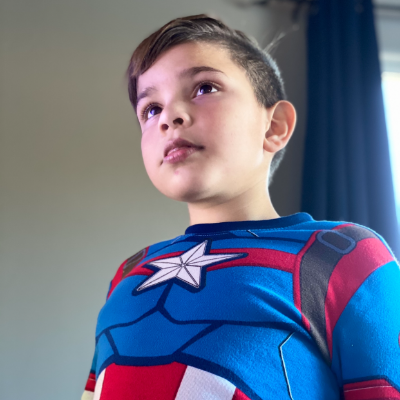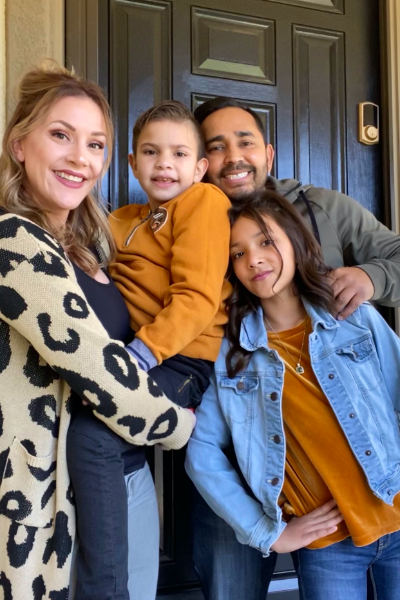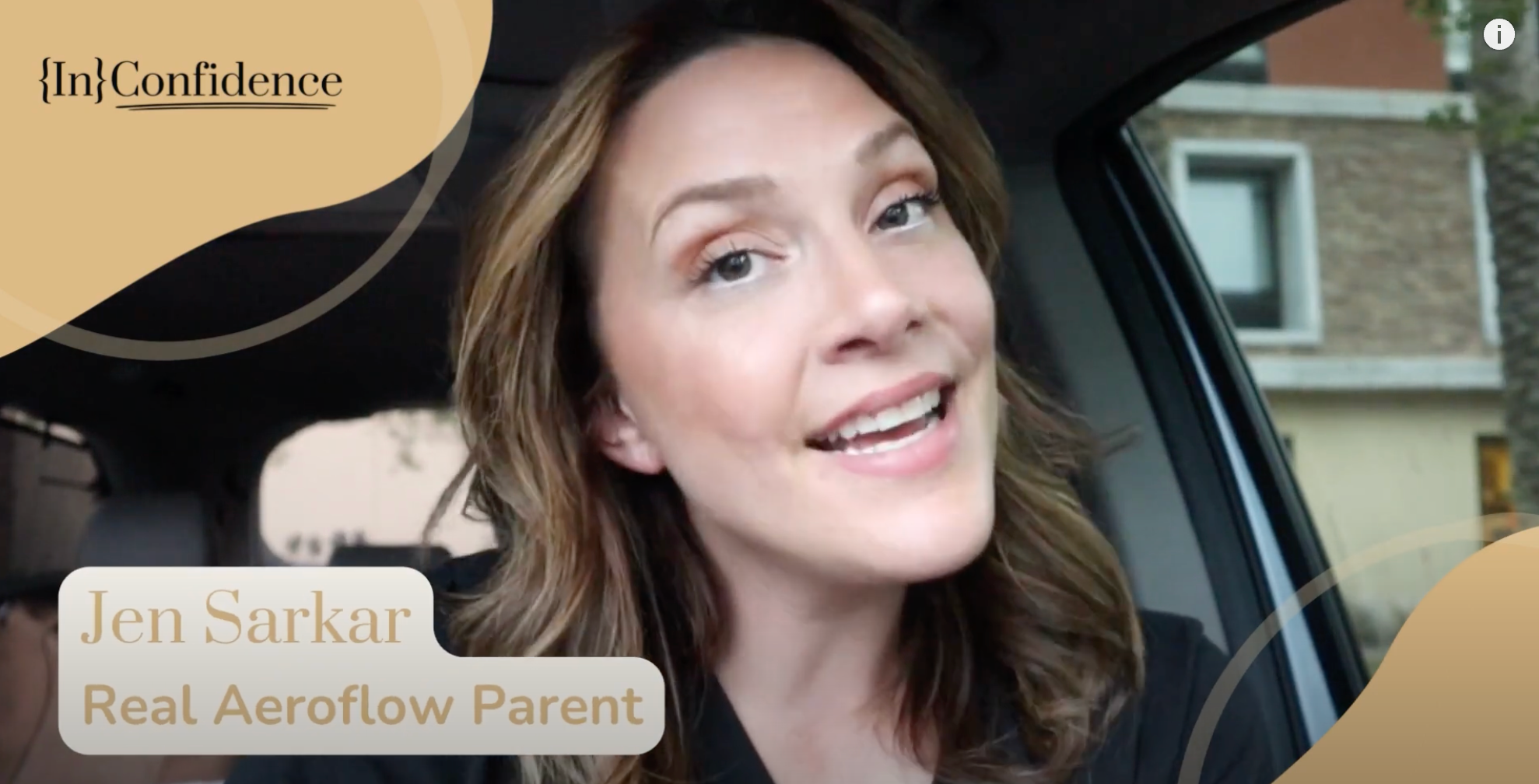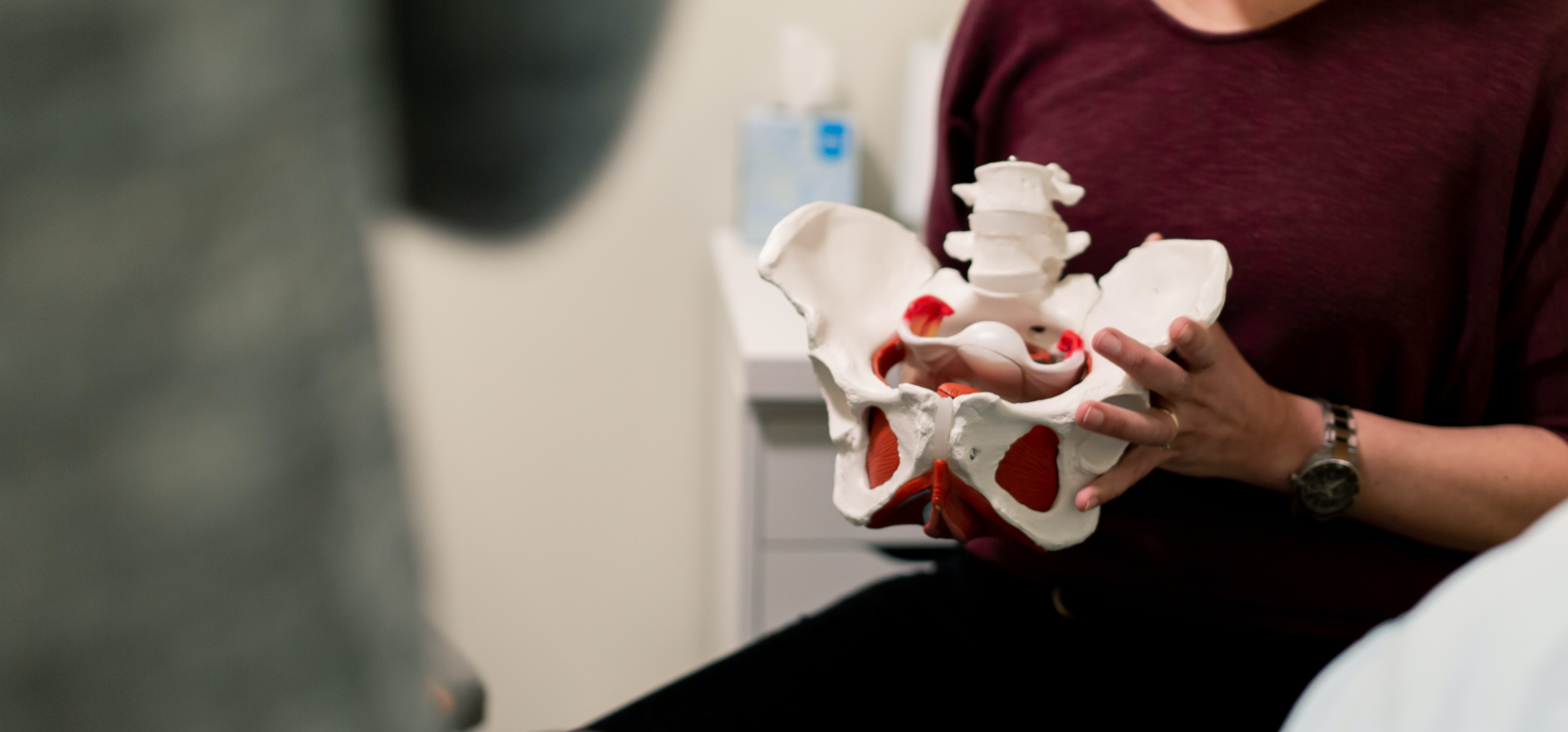This blog was guest-written by Jen Sarkar. She is the mother of an eight-year-old boy named Carter with Sanfilippo Syndrome.
Meet our son Carter who is also known as C-Money! Carter is currently eight-years-old and loves playing tag with his older sister Sophia, swimming, singing, and dancing like any child – but Carter isn't like most children. He was diagnosed with a devastating, fatal disease called Sanfilippo syndrome when he was just shy of four-years-old.
What is Sanfilippo Syndrome?
Sanfilippo Syndrome is also known as mucopolysaccharidosis type iii or MPSiii and is referred to as "childhood Alzheimers." What is Sanfilippo syndrome exactly? Well, it is a progressive brain disorder in children caused by just one missing enzyme. These children cannot break down long sugar molecules, also known as Mucopolysaccharides or GAGS (glycosaminoglycans). Without this enzyme, heparan sulfate is building up in Carter's body and brain every second. Because his body cannot eliminate this toxic waste, it begins to take over his healthy cells and cause rapid regression. Carter will eventually lose the ability to talk, swallow, and walk. He will develop seizures, struggle with severe dementia, and unfortunately, pass away in his mid-to-late teens.
Typically, children with Sanfilippo start developing as an average child would. They pass their newborn screenings with no issues and often hit all of their milestones. This is one reason a diagnosis of Sanfilippo syndrome can go under the radar or is only partially diagnosed as autism when Sanfilippo is the complete diagnosis. On average, at around three-years-old, parents may begin noticing they are delayed in speech or falling behind their peers in occupational therapy and physical therapy. Early symptoms can also include enlarged abdomens, umbilical hernias, reoccurring ear infections or sinus infections, incontinence, diarrhea or chronic loose stool, hyperactivity, poor sleep, and behavioral problems.
Check Your Eligibility
2 Easy Steps
From catheters to pediatric and adult incontinence supplies, discover the continence care essentials covered by your insurance.
The Connection Between Sanfilippo Syndrome & Incontinence
Due to the rapid regression of this disease, many children rarely progress above the mental age of three-years-old. Therefore, most children with Sanfilippo are not potty trained and deal with incontinence for their entire life. When they are younger, this may not be a "big deal," however, as our children grow, finding proper places to change an older child's diaper in public can be difficult. We often find ourselves laying down a chux pad, blanket, or towel on a public restroom floor to care for our children. It can also be difficult to simply find diapers that fit an older child.
The Connection Between Sanfilippo Syndrome & Incontinence


Due to the rapid regression of this disease, many children rarely progress above the mental age of three-years-old. Therefore, most children with Sanfilippo are not potty trained and deal with incontinence for their entire life. When they are younger, this may not be a "big deal," however, as our children grow, finding proper places to change an older child's diaper in public can be difficult. We often find ourselves laying down a chux pad, blanket, or towel on a public restroom floor to care for our children. It can also be difficult to simply find diapers that fit an older child.
Incontinence Supplies Through Aeroflow Urology
With Aeroflow Urology, you may be able to receive high quality diapers at no cost through your Medicaid plan. Aeroflow will send your child’s incontinence products straight to your door in discreet packaging, eliminating extra trips to the store. They take care of all of the paperwork for you, and all you have to do is fill out their simple, 2-step form.
The Likelihood of Sanfilippo Syndrome
Sanfilippo syndrome is genetic, meaning that both parents need to be carriers for a child to have it. The chances that two carriers have a child with Sanfilippo are 1 in 70,000 or a one in four chance. There are four different types of Sanfilippo syndrome: type A, B, C, and D. However, type A is the most common and the most severe. Children with type A will typically lose their skills and abilities faster than those with type B, C, or D. Our little dude, C-Money, has type A.
1 out of every 169 people are carriers of Sanfilippo syndrome type A and may not even know it. Generally, your doctor will not test you to see if you are a carrier unless you know someone in your family who currently has it or who has had it in the past. They can test children in utero to see if a child may be positive for Sanfilippo, but that is usually only done if a parent knows they are a carrier or if the family already has a child with Sanfilippo syndrome.


Unfortunately, there is no cure or treatment option for Sanfilippo at this time, but both affected families and foundations are working hard at finding one. Newborn screening is something that would be highly beneficial to have in all states, as well. Having newborn screening would be extremely helpful because the sooner these children can get into a trial or treatment, the less damage their bodies will have to sustain.
The hope is that with an earlier diagnosis, these children could get therapies and treatments sooner, and they could also live a longer, happier, and healthier life. Some exciting news is that starting this May, New York will start adding Sanfilippo to their newborn screening test, which is fantastic!
As you can imagine, Sanfilippo can bring on a lot of challenges, from behavioral issues to communication to incontinence, to grieving a loss of skills or what could have been. Navigating a terminal disease does not come with a manual. It's a step-by-step, day-by-day thing, and what works for one person may not work for another. I can tell you one thing, though; it became abundantly clear after Carter's diagnosis that time is not on our side. Over time you learn not to sweat the small stuff and enjoy the little things in life.
In the last four years, I have personally found that I cannot focus on the negatives. When I do, I go to a dark place, and I miss out on some fantastic days. I need to find the positive in every day because there is something to be thankful for every day. Doing this helps keep me present and live in the moment.
Carter's motto is live today, hope for tomorrow. Our family tries to do this every day. Every day is good! Yeah, Carter may still be in diapers, but Carter is still here right now, and he is happy. That's all we can ask for, but here's to hoping that tomorrow will be an even better day and show us something new to be grateful for.
Information provided on the Aeroflow Urology blog is not intended as a substitute to medical advice or care from a healthcare professional. Aeroflow recommends consulting your healthcare provider if you are experiencing medical issues relating to incontinence.







